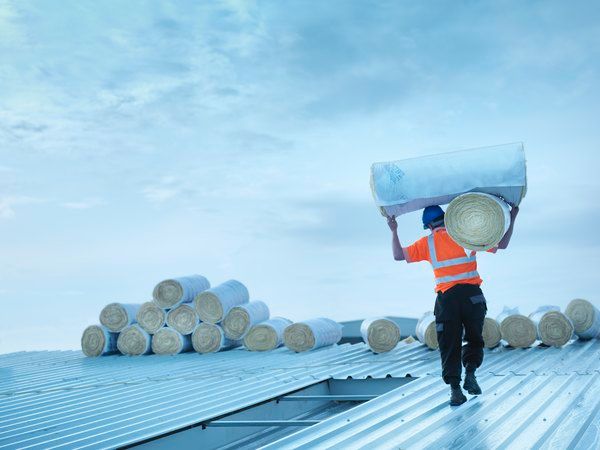Roof insulation is a critical component of your home’s overall energy efficiency, providing a barrier against heat loss in the winter and heat gain in the summer roof insulation. Over time, insulation can degrade, become less effective, or even become damaged, leading to increased energy bills and discomfort. Recognizing the signs that it’s time to replace your roof insulation can save you money and improve your home’s comfort. Here are some key indicators to watch for:

1. Increased Energy Bills
If you notice a significant spike in your energy bills without a corresponding increase in usage, it could be a sign that your roof insulation is no longer performing effectively. Inefficient insulation allows heat to escape in winter and enter during summer, forcing your heating and cooling systems to work harder.
2. Drafts and Hot Spots
Feeling drafts or hot spots in certain areas of your home can indicate inadequate insulation. If you experience uneven temperatures in different rooms, it might be due to insulation that has settled or degraded, leaving gaps where air can flow freely.
3. Visible Damage
Inspect your attic regularly for visible signs of damage to your insulation. Look for areas that are wet, moldy, or sagging. Mold can thrive in damp insulation, which not only reduces its effectiveness but can also pose health risks to you and your family.
4. Pest Infestations
Rodents and insects are notorious for nesting in insulation. If you find signs of pests in your attic, it might be time to replace your insulation. Not only do these pests damage insulation, but they can also compromise your home’s structure and pose health risks.
5. Age of Insulation
The age of your insulation plays a crucial role in its effectiveness. Most insulation types last between 20 to 50 years. If your insulation is older than this, it may be time for an upgrade. Modern insulation materials often provide better performance and energy savings compared to older types.
6. Ice Dams on the Roof
If you notice ice dams forming on your roof during winter, it could be a sign of inadequate insulation and ventilation. Ice dams occur when heat escapes through the roof, melting snow that refreezes at the eaves. This can lead to serious damage to your roof and gutters, making insulation replacement imperative.
7. Condensation and Moisture Issues
Excess moisture in your attic can lead to condensation, which can damage your insulation and create an environment for mold growth. If you see moisture accumulation on insulation or beams, it’s essential to address both the moisture issue and the insulation itself.
8. Increased Noise Levels
Good insulation not only helps with temperature control but also with soundproofing your home. If you start noticing more external noise entering your living spaces, it may indicate that your insulation is no longer doing its job effectively.
Conclusion
Regular maintenance and inspection of your roof insulation are vital for maintaining your home’s comfort and energy efficiency. If you notice any of the signs listed above, it’s essential to take action promptly. Replacing your roof insulation may seem like a significant investment, but it can lead to substantial savings on energy bills, improved comfort, and a healthier living environment.
If you’re unsure about the condition of your insulation, consider consulting with a professional insulation contractor. They can provide a thorough assessment and recommend the best course of action to ensure your home remains comfortable year-round.
